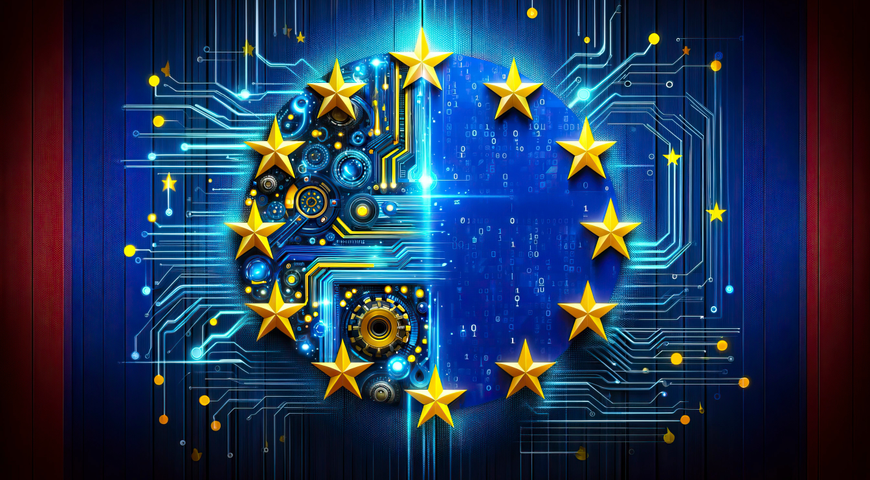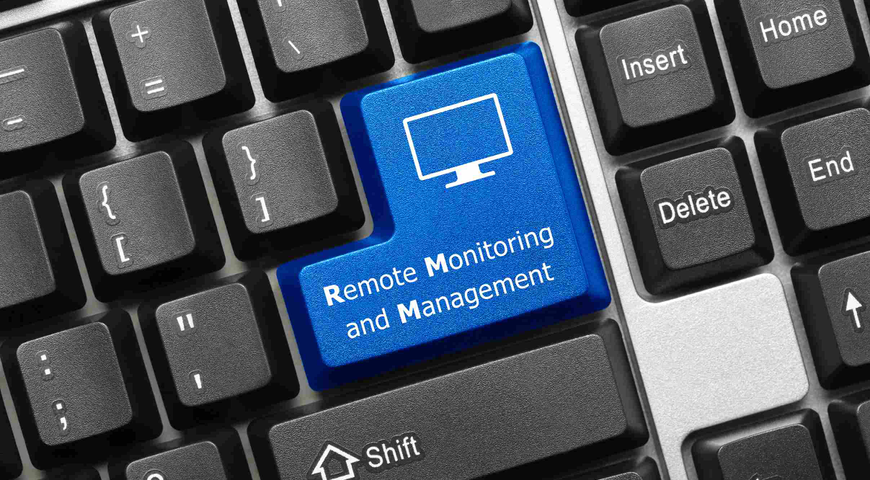
The NIS Directive was adopted in 2016 to advance a uniform set of governance and best practices around cybersecurity to protect E.U. citizens and businesses. E.U. Member States were required to use these uniform rules to create localized, national laws and cybersecurity strategies by May of 2018.
A new version of the NIS Directive — NIS 2 — expands upon NIS to address certain limitations and inconsistencies demonstrated during the implementation of the original effort. By October 17, 2024, all organizations within the E.U. or that conduct business with the E.U. need to be compliant, and it has major implications for MSPs.
Preparing for the changes won’t be easy. The constant shifts in cybersecurity legislation are difficult to keep up with. To help MSPs make a smoother transition to NIS 2, here’s a high-level overview of what MSPs need to know:
What is the main goal of NIS 2?
Cyberattacks are on the rise and more sophisticated than ever. From phishing to ransomware and critical software vulnerabilities, attacks come in many forms and new techniques are being developed by the day, leaving many businesses and service providers unprepared. The main goal of NIS 2 is to implement stronger cybersecurity measures and achieve resilience across E.U. organizations. It is an expansion of the NIS Directive and addresses the limitations and inconsistencies revealed during the implementation of NIS. These are the three main goals of NIS 2:
· Enhance and evolve current measures to mitigate more sophisticated threats.
· Ensure consistent implementation across all member E.U. states.
· Expand the scope to all sectors and entities.
What are the key changes with NIS 2?
The key changes to NIS 2 revolve around effectively implementing the three initiatives mentioned above across all sectors. While the NIS Directive focused on establishing cybersecurity guidelines, NIS 2 is focused on expanding and enhancing those guidelines.
Each Member State is required to adopt the national strategy of network security set forward. To ensure this happens, a dedicated authority to support and coordinate efforts called The European Cyber Crises Liaison Network (EU-CyCLONe) was established as part of the NIS 2 rollout. If found to be noncompliant with NIS 2, organizations will face hefty penalties.
Below are the key cybersecurity initiatives that NIS 2 addresses to expand and improve upon the NIS Directive:
● Expanded scope: A much wider range of entities and MSPs will fall under regulatory requirements and must be compliant with provisions.
● Stricter security and compliance requirements: MSPs need to implement far more advanced security measures, reporting and response plans for all environments.
● Mandatory incident reporting: MSPs must report significant cybersecurity incidents within a specified timeframe or face penalties.
● Increased liability and penalties: Failure to comply with the new directive will result in increased liability for MSPs.
● Enhanced focus on supply chain security: MSPs are a critical part of their clients’ supply chain and need to perform regular assessments on their own operations and IT supply chains.
● Cross-border standardization: NIS 2 provides a more consistent set of cybersecurity requirements for MSPs serving clients across different E.U. Member States.
● Proactive cybersecurity measures: MSPs need to stay ahead of emerging threats by continuously updating their security policies and practices.
How can MSPs prepare for NIS 2?
Start by conducting a gap-analysis of your current cybersecurity practices and solutions to assess where you — and your clients — fall short of compliance. Key stakeholders and executives should collaborate to create a strategy and budget to achieve compliance by the October 17, 2024 deadline.
It’s important to note that not only does this effort ensure that you and your clients are compliant, but also gives you a competitive advantage against MSP competitors who are not.
Finally, choose a cybersecurity partner that provides the cybersecurity features and functionality that comply with the general provisions of NIS 2, including:
● Integrated backup and disaster recovery.
● Integration AI, ML and automation.
● Choice of E.U.-located data centers to ensure E.U. data sovereignty.
● Advanced security with endpoint detection and response (EDR).
● Active protection with proactive behavioral detection.
Acronis is here to support you. We've created a comprehensive guide outlining everything MSPs need to know about NIS 2.
About Acronis
A Swiss company founded in Singapore in 2003, Acronis has 15 offices worldwide and employees in 50+ countries. Acronis Cyber Protect Cloud is available in 26 languages in 150 countries and is used by over 21,000 service providers to protect over 750,000 businesses.



